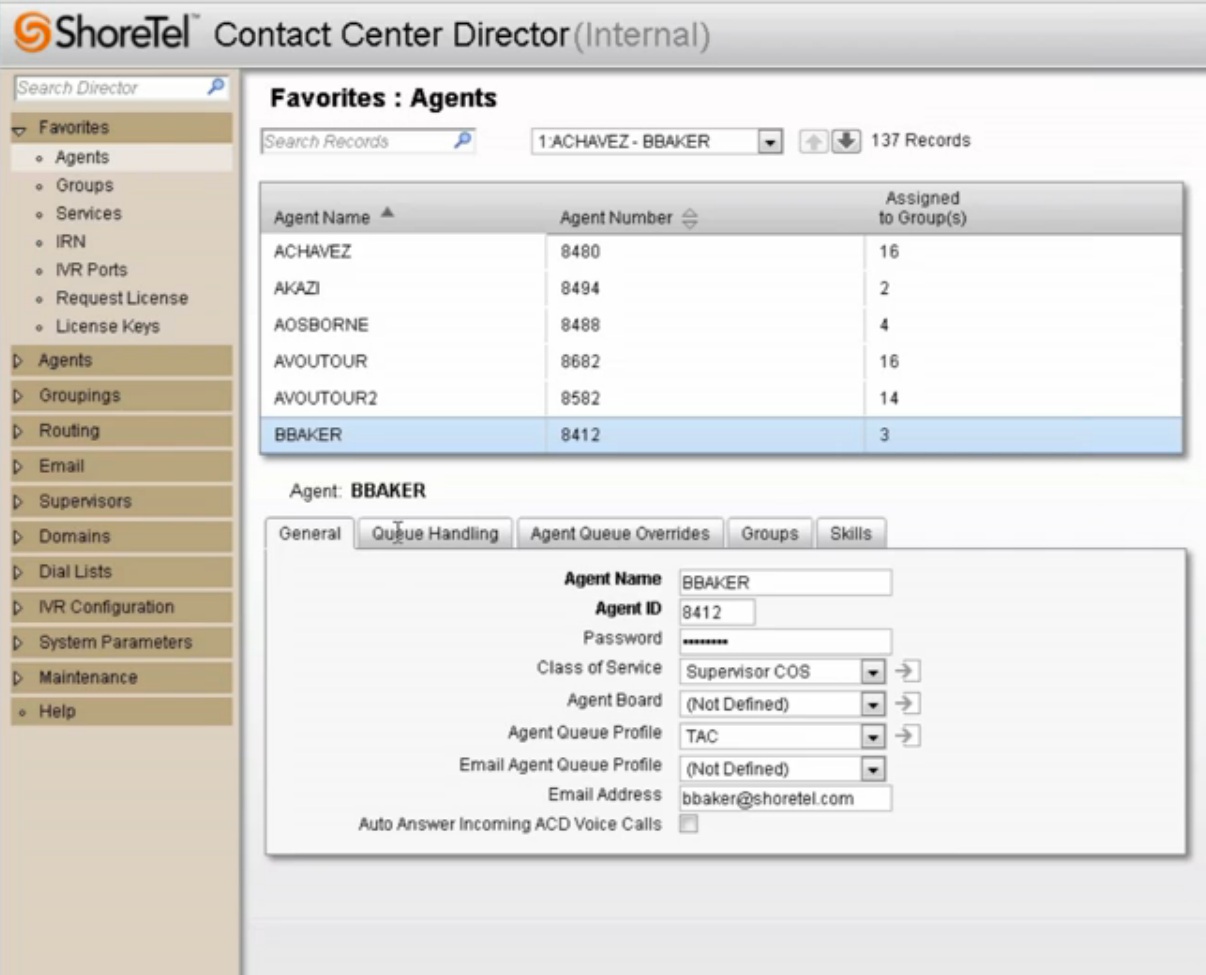6 Phone System Features Every Business Needs
The technology of telephony is always changing. There are big infrastructure changes, such as the shift from landlines to mobile and the shift from traditional phones to VoIP. There are also many small functional changes that these big changes make possible.
In this article, we highlight six features of modern business phone systems that have been enabled by big telephony changes over the past two decades. Some of these features bring small efficiencies to how your business uses its phones, while others bring systemic improvements to how phone systems are managed and secured. All are easy to implement. If your business is lacking any of them, 2014 could be the year to change that.
1. Forward your calls to any device with “Find Me, Follow Me”
When you receive an email, you can read it from your computer in the office, your tablet at home, your cell phone on the road or any other device with Internet access. Find Me, Follow Me (FMFM), a feature common to modern phone systems, makes the same possible with phone calls.
Phone calls happen in real time, so you need to set some rules for how you want FMFM to reach you. You can have it, for example, ring all your devices simultaneously, or have them ring in your chosen sequence: Try my office line first. If I don’t answer that, then call my cell. If I don’t answer that, then call my coworker. If there’s still no answer, then go to voicemail.

“Almost any business that is heavily sales-oriented is going to find this a very attractive feature,” explains Jeff Palmer, manager of inside sales and marketing at Jive Communications. “Especially when you’re talking about professional sales, like insurance agents, real estate agents, anyone dealing in investments, or high-end professional sales–these people can’t afford to miss calls, so FMFM allows them to not be handcuffed to their desks.”
2. Read quickly instead of listening slowly with voicemail transcription
If you run a small business or spend much time on the phone, chances are good you also spend a lot of time listening to voicemail messages. A feature common to many newer phone services is voicemail transcription.
“This is huge for our customers,” explains Jeff Valentine, chief marketing officer at Fonality. “Instead of listening to voicemails, with this add-on users can read their voicemails in their email inbox. We literally transcribe the messages into text and email both the transcription as well as an attachment with the original audio recording to the user.”
These services rely on speech recognition technology to transcribe the audio into emails. This means the messages aren’t always transcribed perfectly word-for-word, but not having someone listen to and manually transcribe messages removes any privacy risks.
3. Add new extensions as needed with easy expansion
Traditional telephones are needy; they need their own wire connecting them to the network. If your network has only ten lines and you want an 11th phone, then a new physical line must be added. This is inconvenient and expensive, and it might even be the reason you started looking into new phone systems in the first place.
Unlike traditional telephones, VoIP phones connect to computer networks. They can either plug directly into computers, plug into the networks the computers are on, or in the case of VoIP softphones (software phones), run as software on a computer. In all three cases, the number of phones on a network is limited only by bandwidth.
The shift away from copper phone lines to digital bandwidth is one of the big infrastructure changes we mentioned. Unlike phone lines, bandwidth isn’t a physical thing. Bandwidth can be thought of as a virtual commodity; if more is needed, you simply pay for more. In most cases, no physical hardware changes need to be made.
4. Have total control over active calls with Monitor, Whisper, Barge and Record
One of the big infrastructure changes we’ve seen is the digitalization of voice calls. Calls that operate in the digital world can seamlessly integrate with computers. This means many advanced call features are only a mouse click away.
Below is an example of the Heads Up Display (HUD) used by Fonality phone systems. Each phone line in the system is displayed in its own box, with different colors to indicate the status of the call. Clicking on an active call displays the pop-up window seen here in the lower center.

Monitor: This lets you simply listen in on a call. Neither party can hear you on the line. This is useful for employee training and monitoring for quality assurance.
Whisper: This lets you listen in on a call and speak so that only the internal party can hear you. Giving suggestions to an employee who is speaking with a customer is one use-case scenario for this feature.
Barge: This lets you join an in-progress call, allowing both parties to hear you. It’s similar to a conference call, but can be initiated anytime. If, for example, a manager is monitoring a call and needs to intervene, the barge function allows that.
Record: Accessed by pushing the red circle, this starts a two-way recording of the phone conversation. The recording is saved as an audio file on a network server, where it can later be retrieved and reviewed.
5. Manage systems with ease with an intuitive browser interface
What good are new features if you can’t figure out how to access them? Thankfully, recent years have brought huge improvements to user interfaces. Gone are the days when changing a small setting on office hardware required learning the exact sequence of buttons to push on an unintuitive panel with no user feedback.
Many modern systems allow you to make configuration changes through a user-friendly web browser interface. These interfaces keep simple tasks simple- changing your voicemail greeting, viewing call statistics and managing active calls are all as straightforward as browsing a web page.

The Shoretel® Contact Center Director shows the level of control available with browser-based system management tools
Intuitive browser interfaces have done more than make simple tasks simple; they’ve also made advanced tasks available to un-advanced users. Making system-wide changes like rearranging extensions and reorganizing call-flow processes can often be accomplished without calling in outside help.
6. Secure and simplify your phone system by moving it to the Cloud
Perhaps the biggest benefit of all is the ability to make the management of your phone system infrastructure someone else’s responsibility.
“For small and medium businesses, we’re starting to see a big wave of people wanting to move to the cloud,” says Palmer of Jive Communications. This shift is primarily due to a desire for improved security, simplicity and more trouble-free system management.
It’s a common misconception that in-house systems are more secure than cloud-based systems–they’re only more secure if they’re better managed. While many larger organizations do have teams of dedicated IT security specialists keeping their internal networks safe, small and midsize businesses often do not. Moving core components of a telephone system to a cloud-based service puts it in the hands of the professional security experts these companies employ to keep customer data safe. It’s often the most economical way to keep your system secure.
It can also be an economical way to keep things simple. Business phone networks are complex, and keeping them running smoothly can be a challenge, especially as a company grows. Moving infrastructure management to the cloud shifts this responsibility to companies that specialize in this area.
ShoreTel and the ShoreTel logo are trademarks or registered trademarks of ShoreTel, Inc. in the United States and/or other countries.